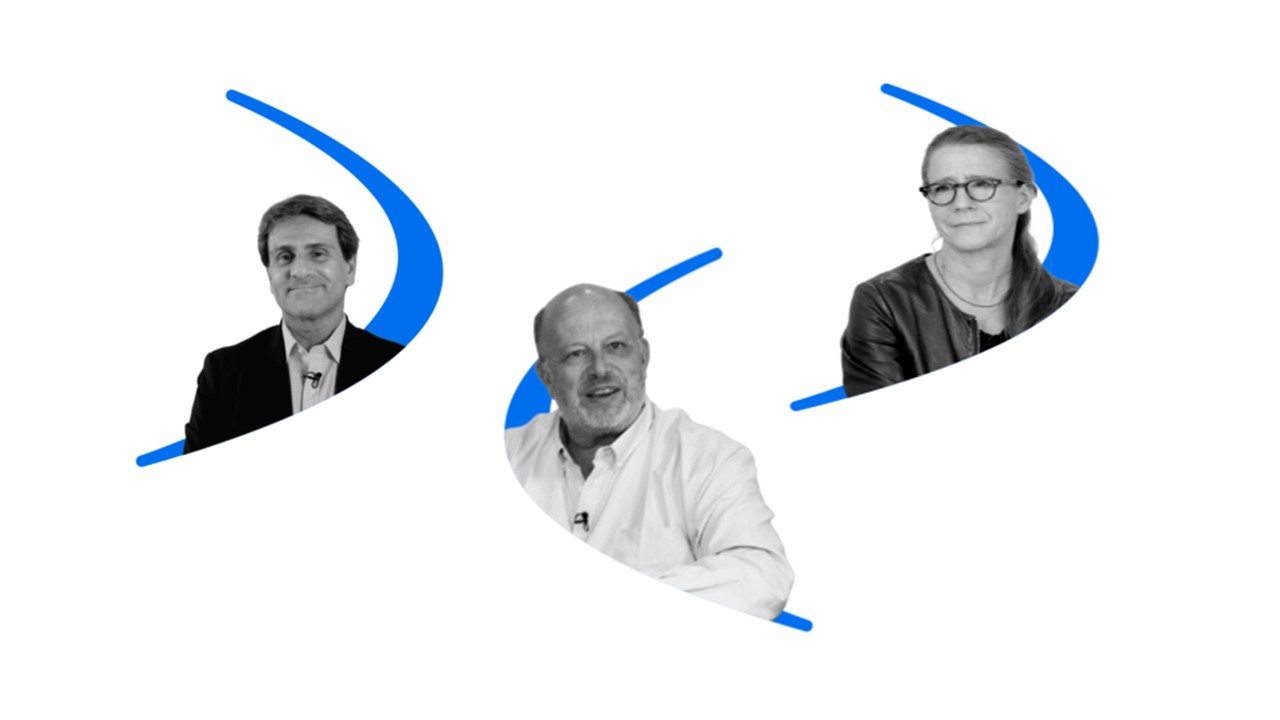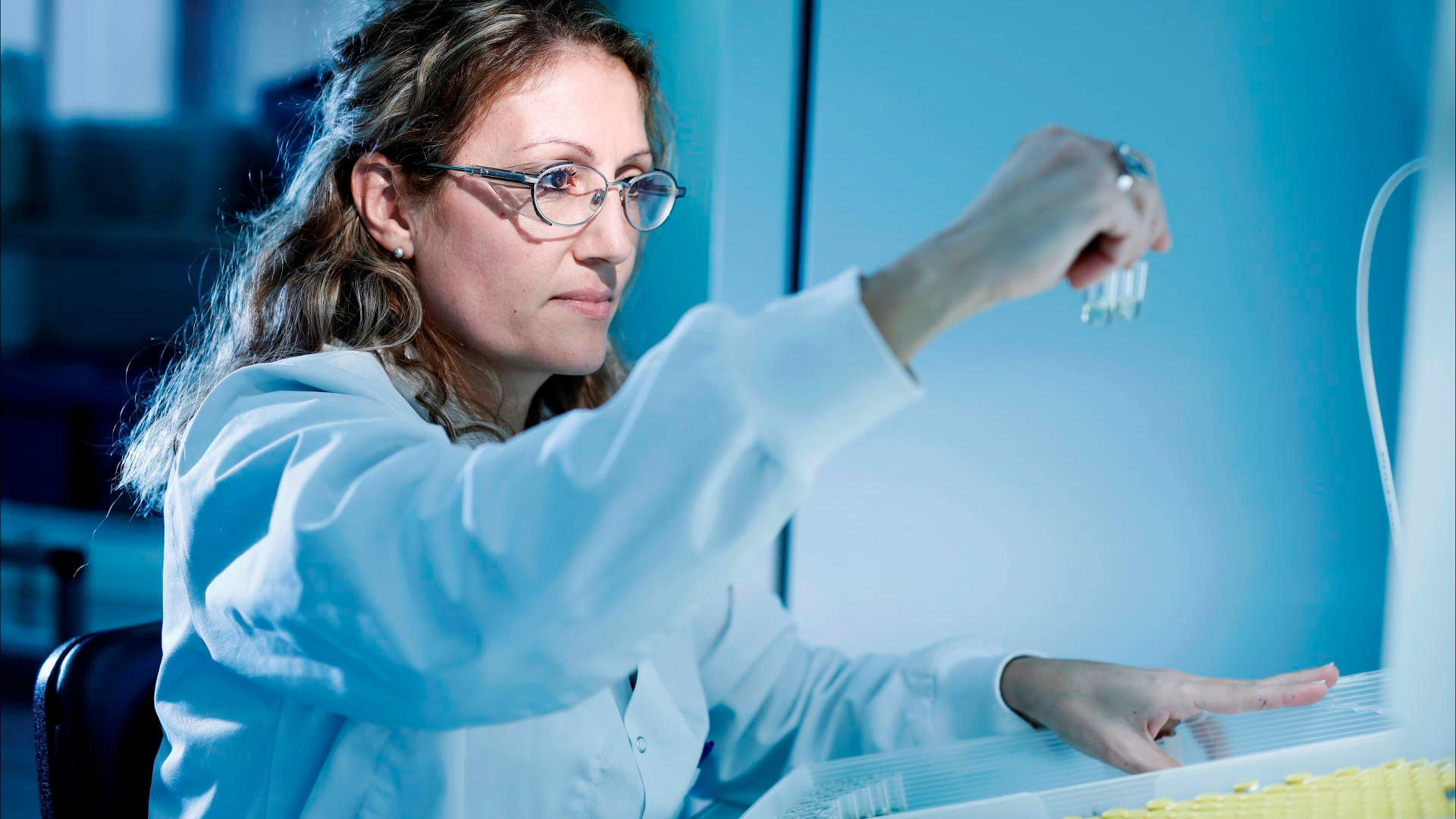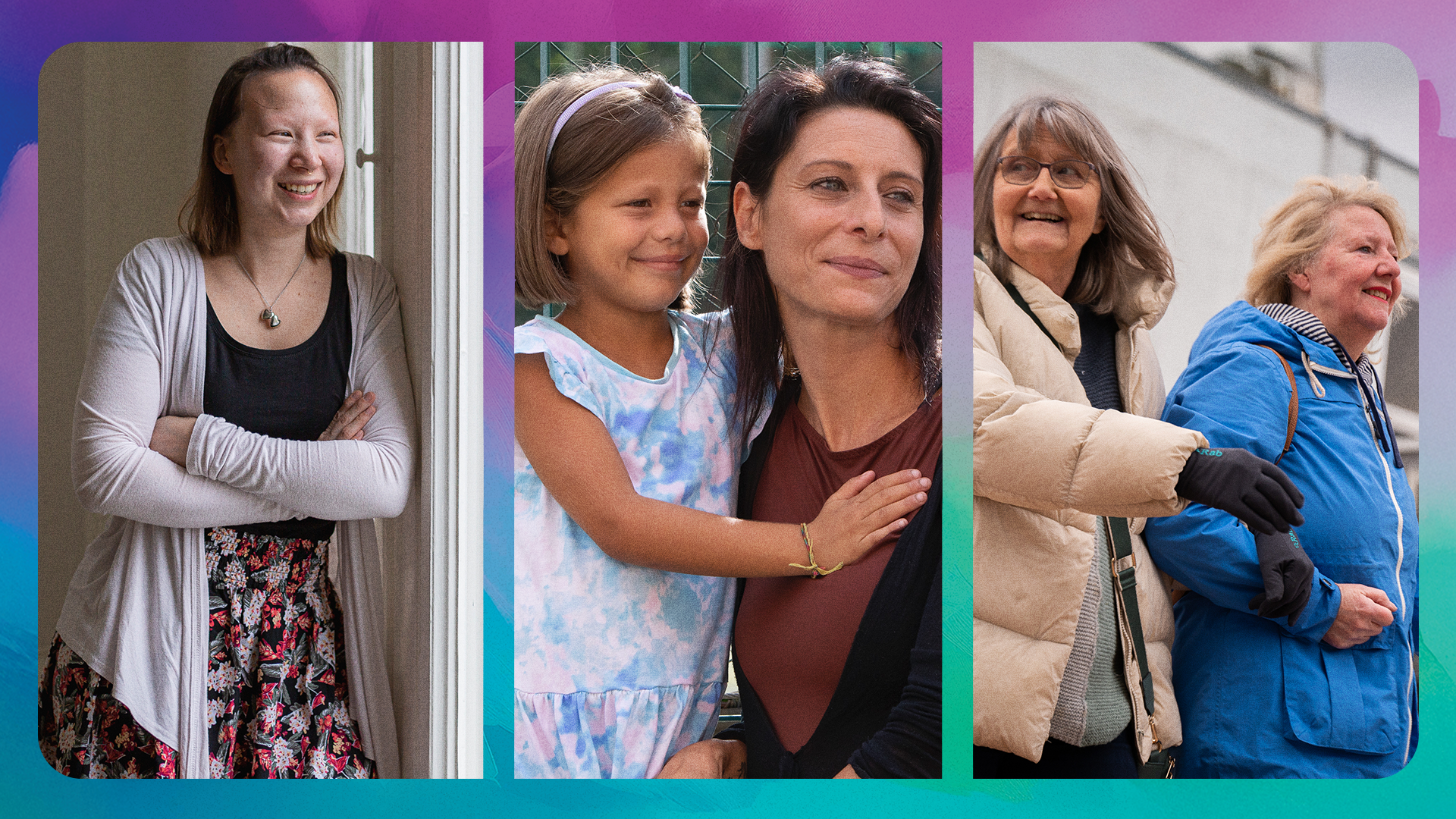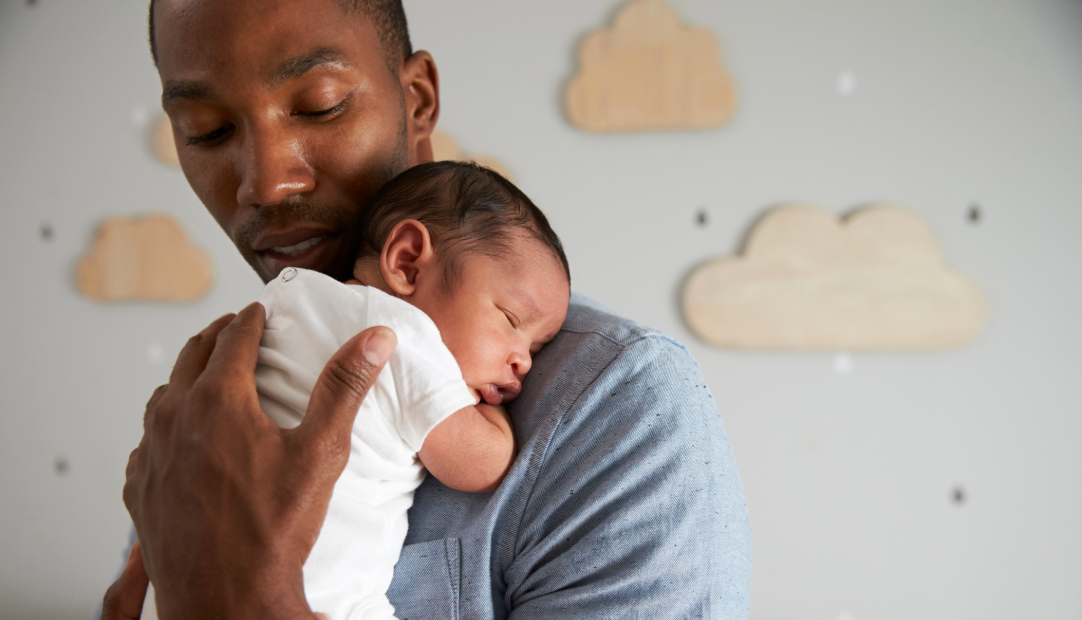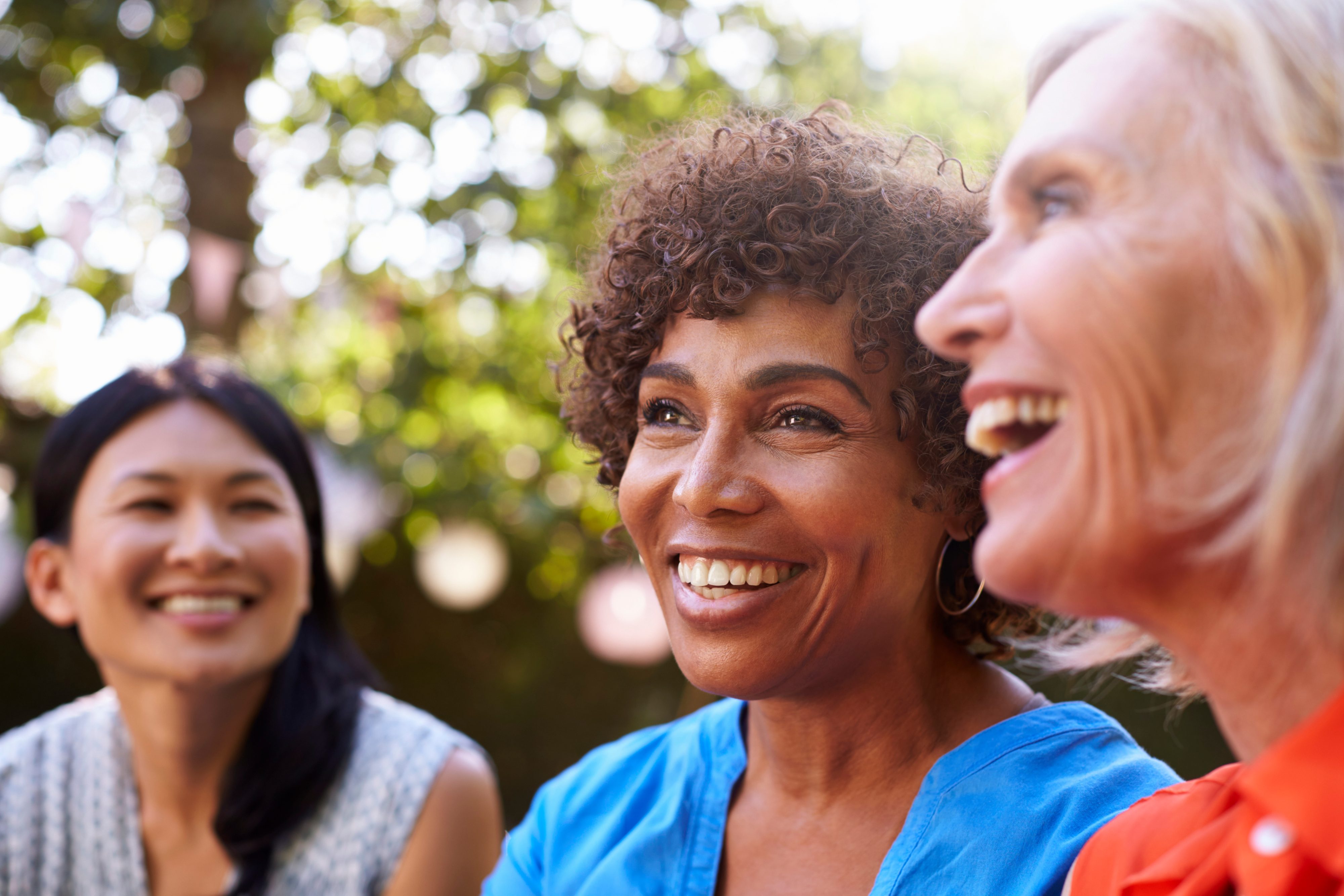A Life in a Day with FOP: from Empathy to Understanding
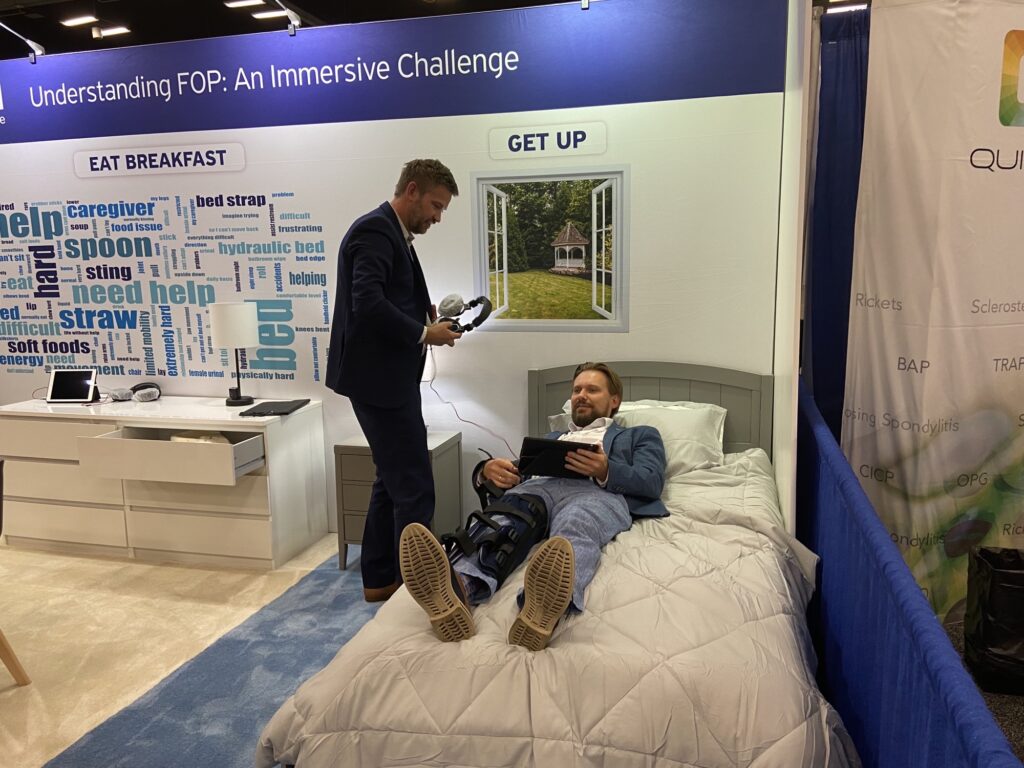
You can never truly understand what it’s like to live with an ultra-rare condition unless you’ve experienced it for yourself. And with this in mind, we recently embarked on a project to help healthcare professionals experience what it’s like to live with Fibrodysplasia Ossificans Progressiva (FOP). The ‘Life in a Day’ project is an immersive experience that helps participants to understand the physical and emotional impact that a disease, such as FOP, can have on the day-to-day lives of those it affects.
Debuting at the ASBMR Congress in Austin, our aim was to give delegates a glimpse of what it’s like to live with FOP through an immersive booth experience.
We asked delates to share their learnings. Here’s what one of them had to say:
“FOP is an ultra-rare disease, with an estimated prevalence of 1.4 per million individuals. Those who live with the condition experience heterotopic ossification (bone growth) which occurs outside of the normal skeletal system. Working in rare diseases, I’ve heard this description and said these words many times, but since taking part in Ipsen’s FOP immersive experience they’ve taken on a new meaning.
The FOP experience gave me a glimpse into what it’s like to live with FOP, simulating the morning routine: getting out of bed, getting dressed and having breakfast but with certain restrictions to demonstrate how those living with FOP experience these daily tasks. It sounded simple, but I soon realized that even the simplest of tasks can be challenging when you’re living with locked joints or restrictive movements. And to make it more impactful, as we took on the challenges, we listened to audio clips of patients sharing their experiences.
Let’s start with getting out of bed…or sleeping for that matter. Because of the extra bone formation, FOP can cause locked joints – to simulate this, I put on a leg and arm brace to restrict movement. It completely limited my mobility and made it incredibly difficult to get out of bed. Eventually I had to roll myself out of bed, although I almost asked for assistance before following through with this. I suddenly realized the extra care I would need to take to ensure I could get out of bed safely. This is important in FOP where a bump or fall can lead to a ‘flare up’ and trigger more heterotopic ossification.
One of the patients I heard from talked about the fact that she’d lost the ability to turn in bed so she couldn’t move from lying on her back. She joked that people often say “oh I don’t want to get out of bed” but her reality is that she can’t get out of bed by herself. Another patient talked about the strength required to get herself out of bed, comparing it to a sit up, “I use my whole strength from my middle rather than my legs or my arms to get out of bed… it’s actually physically hard, it’s really really tiring.” It made me appreciate what I take for granted every day.
I then tried to eat breakfast. For this, my arms were strapped to the table and I wore a neck brace. After several attempts I realized just how hopeless it was trying to eat with a normal fork and opted for a telescopic one. One of the patients we heard from said that cutlery is almost pointless to her, and I could see what she meant. The process was slow and required a huge amount of dexterity. On a couple of occasions I managed to get the food close to my mouth, only for it to fall just before I could get it in. It was incredibly frustrating. Adding to this challenge, many people with FOP live with locked jaw, so I had to try and cut food up into tiny pieces for it to fit into my mouth. Again, the patient stories were so thought provoking. One patient told us she could only really have “smoothies and soft foods like rice and some pasta”. She explained “my mouth opening is pretty much the size of a fingernail so it’s very hard for me to eat. I have to shove food in there” which makes her not want to go out in public because it’s very messy. I really sympathized with this and how this would take away the joy and social element of eating out.
Finally, exhausted from the first two activities, it was time to get dressed. Armed once again with braces to restrict my movement, I attempted to put my socks on, and I realized just how difficult it would be to dress yourself when you can’t bend over. I was given an assistive device to help and without it, it would have been impossible. But even with the device I struggled to put on my socks. One of the inspirational patients we heard from said, “it’s very difficult to find clothing that is easy for me to do independently which is a big thing for me. I’m very independent and I don’t like asking for help”. I started to imagine was this must feel like – the loss of independence – and the thing is, it’s something that people with FOP have to deal with every single day.
Overall, what struck me was just how long everyday tasks take when you have limited mobility and how frustrating it can be. The patients who shared their experiences were remarkable, their resilience and courage in the face of this awful disease, hugely motivational. Despite the challenges of FOP, they found solutions. They adapted and continue to adapt as their condition progresses.
I encourage everyone to take the time; to listening and to learn about the lived experiences of patients. Less than 1,000 people in the whole world know what it’s truly like to live with FOP, but this glimpse has helped me to understand some of the realities these people face on a day-to-day basis. For me, this was a 30-minute uncomfortable experience. For those living with FOP, it’s a lifetime.”



